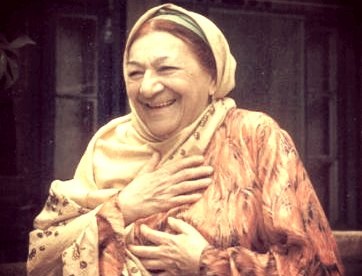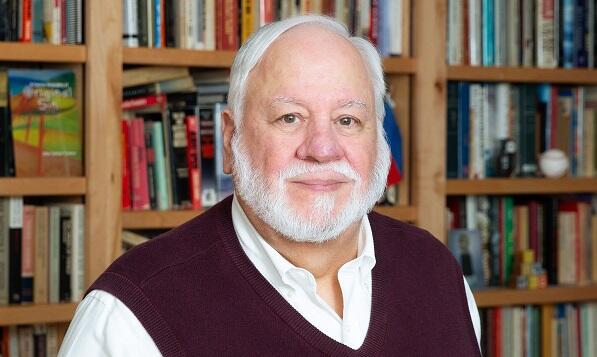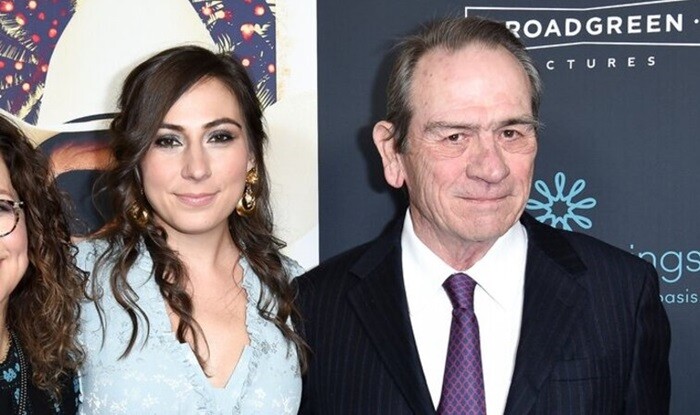Axar.az presents an article “A Vocabulary Lesson " by John Samuel Tieman.
Terry Harris is black. He was the executive director of student services for the Rockwood School District in St. Louis County. By the time you read this, he will have resigned. Dr. Harris suffered years of threats and harassment because of his work to combat racism in the Rockwood schools. Recently, the school board eliminated three counseling and mentorship programs for Black students. That was the final affront for Terry Harris. His resignation reflects his frustration over decisions to cut Black student empowerment programs and staff training in diversity and equity. The school district is a center for conflict in the culture wars. There have been objections to mask mandates, and criticism of programs promoting inclusion and racial equity.
Dr. Harris is a victim of racism, as are the black students he educates. But I doubt that many in the Rockwood School District are consciously aware of that. Why do I say that? Frankly, bluntly, these are my people. I'm white. I have family, friends, neighbors who live there and, indeed, have gone to the schools there. That part of my home, St. Louis, is largely a product of “white flight”. But that's another essay. Besides, it is not for me to guess intentions. It is for me, an old teacher, to give a little vocabulary lesson.
There's an ancient theory about language. It holds that if you don't have the word, then you don't know the thing. I have reservations about the theory, particularly when I call my wife and ask, “Honey, you know the blue do-hickey sitting on the brown what-ch-ma-call-it right next to the thing-a-ma-bob?” And she does. That said, I'm an old English teacher. Increasing vocabulary has its place.
Few white people will style themselves “racist”. There are exceptions, of course, the Ku Klux Klan, white nationalists, and Christian nationalists. But most white racists are not even aware that they are racists. Folks have a lot of faults, but intentional cruelty is rarely one. They are afraid of change. They are often confused. They simply lack the vocabulary to explain their racism. What follows are terms that help us understand racism.
One last note: I'm not a lexicographer. I hope this list opens debate. I don't want it to fix and ossify thought.
“Structural Racism”. We live in the shadow of slavery, the most destructive form of structural racism in our history. Bryan Stevenson, the founder of the Equal Justice Initiative, says that slavery didn't end. It evolved. We see it in a system of laws, policies, practices, and shared cultural representations of race. In history, consider lynching, redlining, a segregated army, Aunt Jemima, and “Birth Of A Nation”. Today, as just one example, consider the stark segregation that still exists in many cities.
“Institutional Racism”. Structural racism considers society as a whole. Institutional racism focuses on particular associations. For example, consider our penal system. As of 2014, 42% of all those on death row were black. According to the Death Penalty Information Center, of folks wrongfully convicted and sentenced to death, 54% were black. The policies and practices of the Rockwood School District may be viewed from the perspective of institutional racism.
“White Privilege”. It's hard to convince white people that such privilege exists. Why? Much of what white folks experience is not the presence of privilege but the absence of prejudice. I'm white. I never think about danger when the police pull me over for a traffic ticket. Such thoughts are not a presence but an absence. What is white privilege? White folks experience advantages in access to quality education, decent jobs, living wages, home ownership, retirement benefits, and wealth.
“Racial Equity”. What would a genuinely non-racist nation look like? At least in part, it would be a nation in which race would determine neither a privilege nor a burden. That's easily said. But racial equality demands that we constantly monitor for discrimination at national, local and individual levels.
“Diversity”. The term refers to both a concept and a practice. Diversity means, for the purposes in this essay, simply acknowledging that our nation is made up of many races and cultures. It also refers to practices that incorporate and appreciate all races and cultures. The term is sometimes used synonymously with “inclusion”.
“Ethnicity”. A term that should be distinguished from “race”. Race is generally assigned based on observable characteristics like skin color, the shape of an eye, hair texture, and so forth. Ethnicity describes social constructs like language, region, food, religion, traditions. Two people may be black. You can see that. You can't see that one person is from Boston, Massachusetts, and the other is from Bluefields, Nicaragua.
“Cultural Representations”. These can be positive or negative. "Black-ish" was a great TV show. There's “Black Panther”, the superhero. That said, I cringe when I see a black person portrayed in a “Three Stooges” gag. Then there's the original lyrics of my state song, “The Missouri Waltz”. It reads in part, “Way down in Missouri where I heard this melody / When I was a picaninny on my mammy's knee.” (A thanks to Johnny Cash for changing that racial slur to “a little fellow”.) Such stereotypes allow discrimination, and the language of discrimination, to seem both fair and natural.
“National Values”. Here's a little secret. About 1975, when I was a student teacher, I composed a syllabus. I wanted to include black authors. I couldn't do it. I attended a prestigious university. I could quote Shakespeare at length. But I couldn't compose a syllabus that included a range of Black authors. However, that's not the secret. The secret is this. White supremacy is often presented as both neutral and natural. If I had, in my syllabus, intentionally included William Shakespeare's “Macbeth”, included that play to the exclusion of Lorraine Hansbury's “A Raisin In The Sun”, my preference would have been regarded as unremarkable.






















































